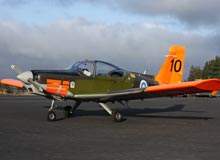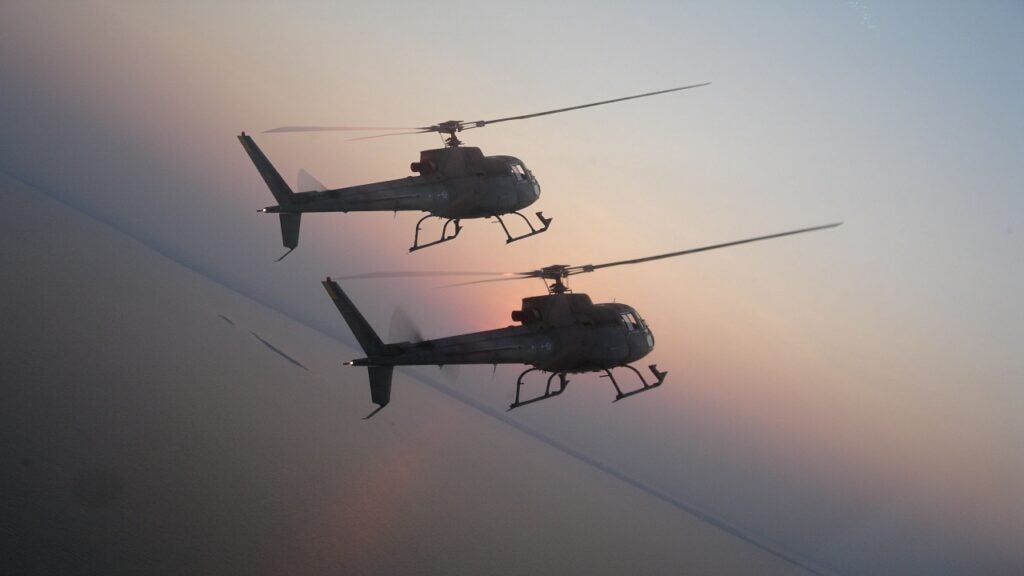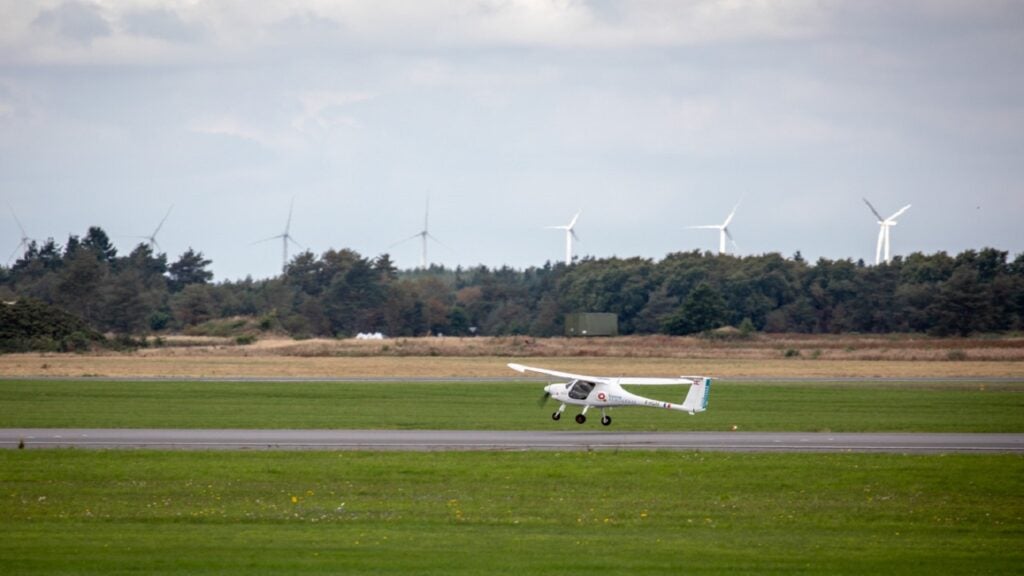
L-70 Vinka is a military basic trainer aircraft designed and developed by Valmet for the Finnish Air Force (FAF). It was derived from the Saab Safir trainer aircraft. Approximately 30 L-70s were produced between 1980 and 1982, 28 are currently in service with the FAF.
Vinka trainers are expected to replace the BAE Hawk attack and jet trainers currently in service with the FAF. In November 2010, the FAF announced that 41 of its 67 two-seater Hawks would be retired by 2014.
Valmet L-70 Vinka design
The L-70 is a low wing monoplane with an all-metal construction. The design work on the Vinka began in September 1970. Designed to suit both military and civilian missions, the Vinka can execute primary flight training, aerobatic training, night and instrument flight training, observation and liaison, target towing and agricultural operations.
The design of the Vinka is fully compliant with the FAR 23 certification standards in aerobatics and utility classes. The fixed tricycle-type landing gear enables the L-70 to operate from small and unpaved runways, even in hostile conditions.
Maiden flight and ‘lentokone’ development
Valmet was awarded a contract by FAF in March 1973 to further develop the L-70 aircraft. The 7.5m long and 9.8m wide aircraft was originally designated as Leko-70, an acronym of ‘lentokone’ (the Finnish word for aeroplane / aircraft). Its maiden flight took place in July 1975. It was named Vinka by the FAF.
In January 1977, the FAF ordered 30 L-70s to be built at the Kuorevesi plant. The Vinka entered into service in October 1980. Production of the Vinka was suspended in 1982.
An advanced version of the L-70, termed as L-80 TP Turbo Trainer, was built with a new wing, a retractable landing gear and a 360hp Allison 250 turboprop engine. The prototype of the L-80 TP carried out its first flight in February 1985. However, it crashed in April 1985.
Cockpit details and weapons
The spacious cockpit of the L-70 seats a pilot and a flight instructor. It is equipped with two seats adjacent to each other, with an option for third seat at the rear. It is enclosed by a bubble-shaped sliding glass canopy which renders clear visibility.
During the civilian missions, the aircraft can carry two flight crew, a stretcher and medical crew depending on the amount of the baggage carried.
The L-70 Vinka is armed with either two 7.62mm machine guns which can fire munitions at the rate of 500 rounds per gun, or a 12.7mm cannon with a capacity of 150 rounds per gun. The aircraft has four underwing hardpoints, which can carry up to 300kg of weaponry, including six 68mm rockets or two 100kg light bombs, plus four AS-11 air-to-surface missiles.
Lycoming engines on the Finnish Air Force’s L-70 Vinka
The L-70 is powered by a single Lycoming AEIO-360-A1B6 flat four-cylinder engine driving a two-bladed propeller. The engine can produce 149kW of output power. It is equipped with ALU-8421-LS alternator, LW-16471 starter ring gear, RSA-5AD1 fuel injector, LW-15473 fuel pump, RHM38E spark plug, vacuum pump drive and magneto. The dry weight of the engine is 117kg.
Performance of Finland’s military basic trainer aircraft
The L-70 Vinka can climb at the rate of 5.7m/s. The never-exceed and maximum speeds of the aircraft are 360km/h and 240km/h respectively. The cruise speed is 222km/h.
The stall speed is 85km/h. The maximum range and service ceiling are 860km and five kilometres. The maximum endurance of the aircraft is four hours and 48 minutes.
Training services and maintenance
Patria, a defence and aerospace group, was awarded a €42m ($52m) contract by the FAF in July 2010 to provide pilot training, logistical support, maintenance and repair work for the air force’s Vinka fleet from 2010 to 2018.
Global Military Aircraft Market 2011-2021
This project forms part of our recent analysis and forecasts of the global Military Aircraft market available from our business information platform Strategic Defence Intelligence. For more information click here or contact us: EMEA: +44 20 7936 6783; Americas: +1 415 439 4914; Asia Pacific: +61 2 9947 9709 or via email.




